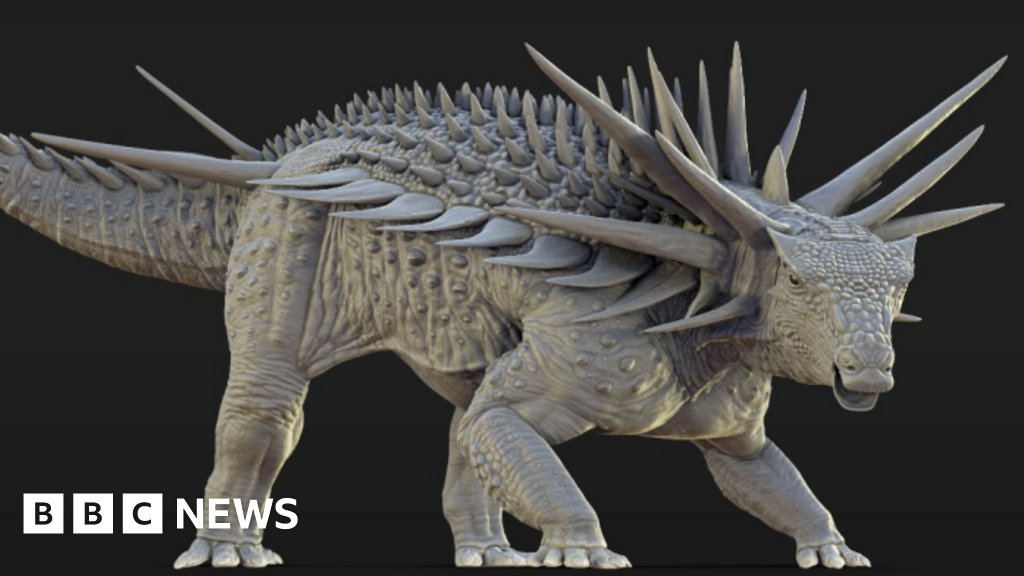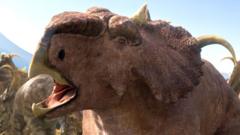Khankhuuluu mongoliensis highlights an important evolution period for the tyrannosaurs. It is believed to have weighed around 750 kg, significantly lighter than the adult T.rex, which could reach up to eight times that weight. Professor Darla Zelenitsky from the University of Calgary explained that the creature showcases transitional characteristics that laid the groundwork for the evolutionary advancements leading to T.rex and its relatives.
New findings indicate Khankhuuluu possessed key traits like strong jaws and specialized skull anatomy, essential for the biting power that will allow future tyrannosaurs to become apex predators. The research team initially recognized these fossilized bones from the 1970s but reclassified them as a new species due to distinct traits connecting them to the tyrannosaur family.
Historical geographic connections between Asia and North America, crossing what is now the Bering Strait, enabled the spread of these dinosaurs to various niches, influencing their evolution. The discovery of Khankhuuluu mongoliensis illustrates how these early tyrannosaurs transitioned from smaller predatory roles into the dominant "kings" of their time, rewriting the narrative of dinosaur evolution.
New findings indicate Khankhuuluu possessed key traits like strong jaws and specialized skull anatomy, essential for the biting power that will allow future tyrannosaurs to become apex predators. The research team initially recognized these fossilized bones from the 1970s but reclassified them as a new species due to distinct traits connecting them to the tyrannosaur family.
Historical geographic connections between Asia and North America, crossing what is now the Bering Strait, enabled the spread of these dinosaurs to various niches, influencing their evolution. The discovery of Khankhuuluu mongoliensis illustrates how these early tyrannosaurs transitioned from smaller predatory roles into the dominant "kings" of their time, rewriting the narrative of dinosaur evolution.
















